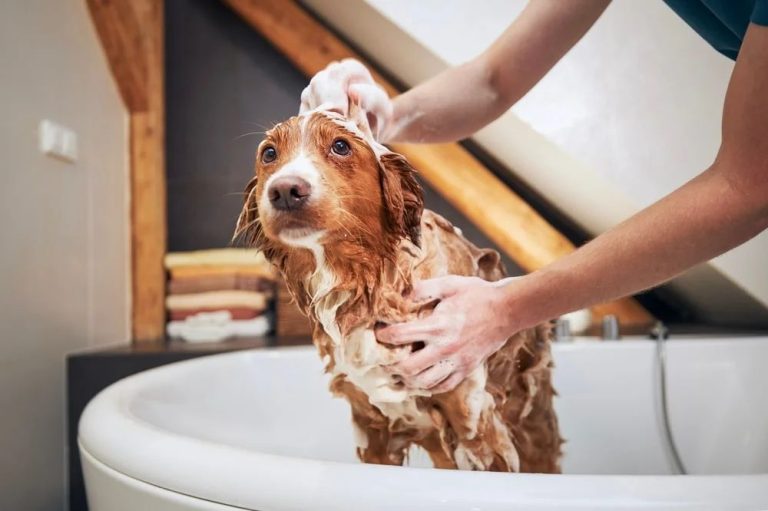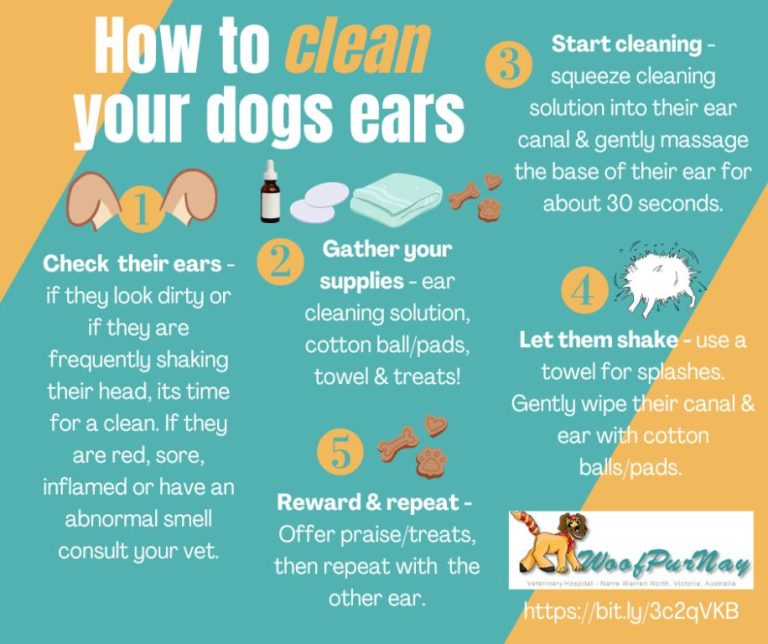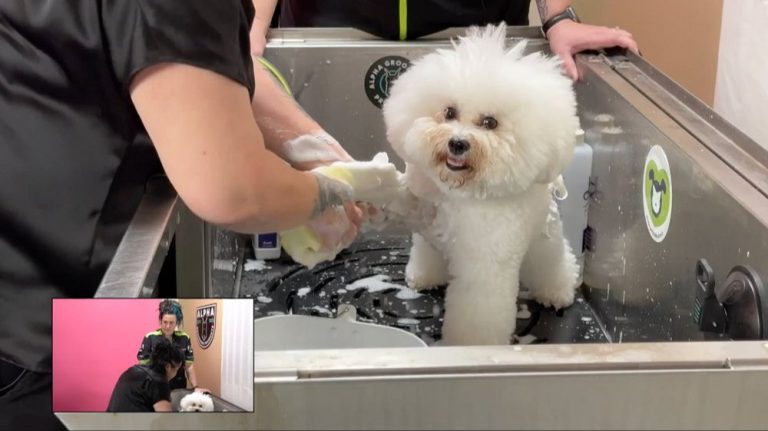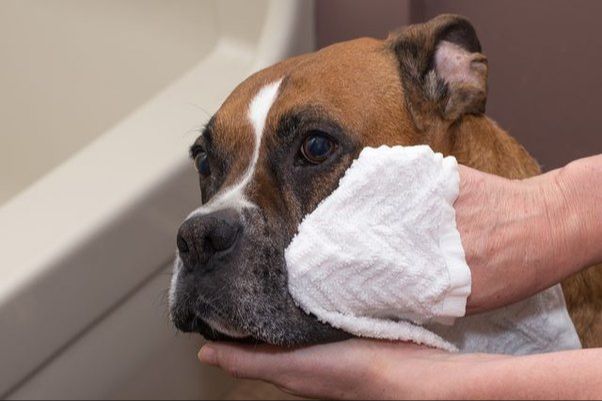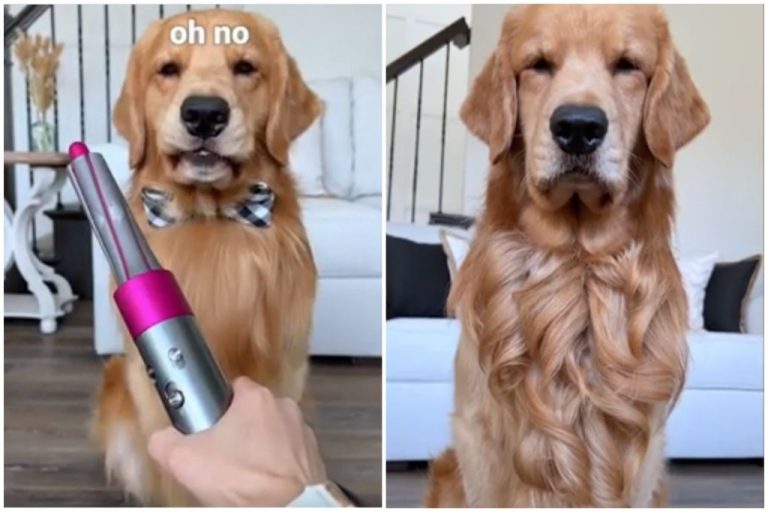Tailoring Your Grooming Routine To Your Dog’S Breed And Lifestyle
Introduce the Importance of Grooming for Dogs
Regular grooming is essential for keeping a dog’s coat and skin healthy and clean. Frequent brushing helps remove loose hair and prevents tangles, mats, and excessive shedding around the home. It also helps distribute the natural oils along the coat to keep it conditioned and looking its best.
Additionally, grooming helps remove dirt and debris and allows owners to inspect for any parasites, hot spots, sores, or other abnormalities on the skin. Catching these issues early allows for quicker treatment.
Grooming sessions are also a great opportunity for owners to strengthen their bond with their dog. The brushing can be relaxing and enjoyable for dogs while allowing owners to spend quality one-on-one time together.
According to the ASPCA, “Proper hair hygiene is essential; failure to groom pets regularly can have serious health consequences.” [1] Regular grooming promotes good health and wellbeing for dogs both physically and mentally.
Consider Your Dog’s Breed
Some dog breeds require more frequent grooming and maintenance than others. According to the American Kennel Club, breeds like Poodles, Bichon Frises, and Afghan Hounds often require extensive grooming due to their long, high-maintenance coats.
Certain breeds also need particular haircuts and styling in order to keep their coat healthy and prevent matting. For example, Poodles often get their fur cut into various clips and styles that are unique to the breed. Portuguese Water Dogs require their curls to be trimmed and thinned out regularly.
It’s important to research the specific grooming requirements for your dog’s breed. Breed-specific grooming keeps your dog looking their best and prevents painful matting and skin conditions. Consulting with professional groomers can also provide insight into ideal grooming routines for your dog’s breed.
Factor in Your Dog’s Coat Type
A dog’s coat type is one of the most important factors to consider when tailoring a grooming routine. Coats vary widely in terms of length, texture, and density.
Short-coated dogs like Labradors have hair that lies flat and close to the body. They require weekly brushing to remove dead hair and distribute oils. Long-coated dogs like Collies need daily brushing to prevent mats and tangles. Trimming may be needed for hair around the feet, ears, and eyes.1
Wire-haired dogs like Schnauzers need hand-stripping or clipping every 6-8 weeks. Curly-coated dogs like Poodles require regular clipping and scissoring to shape the coat. Silky-coated dogs like Maltese need daily brushing and regular bathing.
Thick double coats like in Siberian Huskies shed heavily twice a year and require extra brushing during shedding season. Single coats like in Dobermans shed lightly year-round.
Examining coat length, texture, and density will help determine the best brushing schedule, need for trimming, and bathing frequency.
Adapt to Your Climate and Environment
The climate you live in can impact how often your dog needs grooming. According to Wahl’s donation of pet grooming supplies, dogs in hot climates may require more frequent baths and trims to stay cool and comfortable (source). The heat can cause dogs to sweat more and make their coats dirtier faster. Frequent trims in summer can prevent matted fur and skin irritation.
Outdoor dogs that spend time in yards, parks, or on hikes will need regular brushing to remove sticks, leaves, dirt, and other debris (source). Letting these materials build up in the coat can lead to skin problems. Brushing helps stimulate the skin and hair follicles as well. The frequency of brushing depends on the dog’s lifestyle and environment.
Adjust for Your Dog’s Activity Level
Dogs with a more active lifestyle will need to be groomed more frequently than inactive or laid-back dogs. High activity can lead to more dirt, debris, and matting in the coat, so grooming will be needed more often.
Active dogs, especially those that compete in sports or work in hunting/retrieving, will need their nails trimmed regularly to avoid excessive growth that could interfere with their activities. Nails should be checked at least every 2 weeks on very active dogs.
Styling may also be more important for sporting and hunting breeds like Spaniels, Retrievers, Pointers, Setters, and Terriers who need a practical, activity-appropriate cut. A tidy hairstyle allows the coat to dry quicker and prevents burrs from matting into the fur.
For advice on grooming sporting dog breeds, check out this guide: How to Groom a Sporting Dog.
Consider Age-Related Factors
Puppies grow rapidly, so it’s important to introduce them to grooming early. Most experts recommend starting grooming around 12-16 weeks old1. This allows the puppy to get used to the process and makes grooming easier as the puppy grows up.

Senior dogs often need more help with grooming as their mobility decreases. Their coats may become matted if they can’t easily reach all areas. Check your senior dog’s coat regularly for tangles. Help them keep clean by washing areas they can’t reach themselves. Adjust grooming sessions to your senior dog’s energy levels.
Look for Signs Your Dog Needs Groomed
One of the first and most easily recognizable signs that your dog needs to see a groomer is the presence of dirt or matts on their fur (https://www.hopecrossing.com/site/blog/2023/02/08/signs-your-dog-needs-grooming). Even short-haired dogs can get visibly dirty, especially if they spend a lot of time outdoors. But for dogs with longer fur, looking for matts close to the skin is important. Matted fur pulls on the skin, which can be painful.
Excessive scratching or biting at their skin is another sign your dog’s fur needs attention from a groomer. This kind of discomfort is a red flag. Strong odors coming from their coat or excessive shedding can also indicate it’s time for grooming. A dog that smells bad or leaves hair everywhere needs their dead undercoat removed.
Pay attention to these signs rather than sticking to a rigid schedule. Even if you groom them regularly, issues can develop in between visits. Customize grooming to your dog’s unique needs for their health and comfort.
Create a Routine for Regular Grooming
Establishing a regular grooming routine is important to keep your dog looking and feeling their best. Experts recommend a thorough brushing at least once a week to help control shedding and distribute natural oils through your dog’s coat. Brushing also allows you to inspect their skin for any abnormalities.
For nails, a good rule of thumb is to trim them once they start touching the ground when your dog walks. Long nails can curl and grow into the paw pads. Aim to trim every 2-4 weeks for most breeds. Providing chew toys can help file them down between clippings.
Ears should be cleaned once a week with a vet-approved solution to remove dirt and debris that can lead to infection. Check inside the ears and avoid going too deep into the canal.
Teeth need regular brushing to control plaque and tartar buildup. Daily is ideal, but 2-3 times per week can still be beneficial. Use a toothpaste formulated for dogs.
Bathing frequency varies based on lifestyle factors, but every 6-8 weeks is typical. Use a mild canine shampoo and avoid over-bathing which can dry out skin.
Following a routine makes grooming a habit and can help you spot problems early. Adjust frequency based on breed type, age, and specific needs. Consistency is key for the health and comfort of your dog.
Use the Right Tools
Using high quality grooming tools specifically designed for dogs will make the process easier and more effective. Invest in a good pair of clippers with sharp, well-oiled blades to neatly trim the fur (Chewy). Choose brushes and combs suited for your dog’s coat type, such as slicker brushes for thick coats and finer toothed combs for smooth coats (Gingr). Introduce grooming tools slowly and make it a positive experience with praise and treats. Get your dog comfortable with being touched all over with a brush and inspecting their paws, teeth, ears, etc. Taking it slow will create a routine your dog can relax into and look forward to.
Make Grooming a Positive Experience
Making grooming a positive experience for your dog from an early age is crucial for their continued cooperation as they grow older. According to How to make grooming a positive experience for your dog, giving praise, treats, and remaining calm can help relieve any anxiety about the process. Dogs pick up on their owners’ energy, so staying relaxed will communicate to your dog that everything is fine.
Ideally, start acclimating your dog to grooming and handling while they are still young. Let them explore grooming tools and get used to you touching areas like their paws, ears, and tail. Provide praise and treats during and after grooming sessions so they associate it with a positive reward. This will make grooming something fun to look forward to rather than something scary or stressful.

